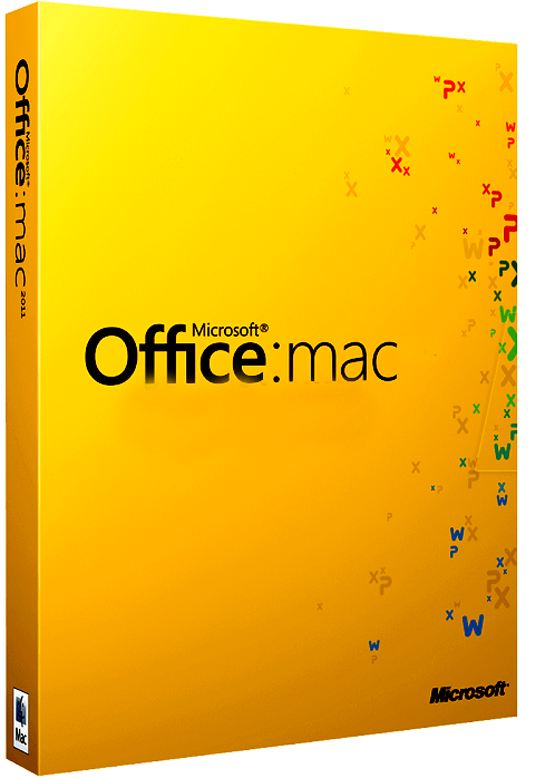
We’ve also noticed that the Edge window can’t be resized, and some fonts might not render properly. Hardware acceleration also isn’t supported, so the graphics performance of Edge might not be the same. Due to limits in the Linux virtual machine, you won’t be able to access your Chromebook’s camera in Microsoft Edge. Even when running under emulation in Chome OS’ Linux virtual machine, the browser can handle a good amount of tabs without slowing down. Generally, Edge should perform just as well as Chrome does on Chrome OS. You can even move Edge to your Chromebook’s shelf by right-clicking the icon in the Linux Apps folder and choosing Pin to Shelf. Once the installation process is complete, a Linux terminal window opens, but you can close it. Your Chromebook will download a Linux environment (virtual machine) You can choose how much space it uses, and assign a username. From there, look for the Linux development environment and choose the Turn on option.įollow the steps on the screen. After that, click Advanced and choose Developers. You can do this by clicking the clock in the lower right corner of the screen, then clicking the gear icon. Once things check out, go to the Settings menu on your Chromebook. Most modern Chromebooks with newer Intel or AMD processors should work fine with Linux. Not every Chromebook supports this feature, and you’ll need to check against this list to make sure your device is compatible.

To get started, you’ll have to enable Linux on Chrome OS. Here’s how you can install Microsoft Edge on a Chromebook: Step 1: Enable Linux on Chrome OS

All your passwords and other synced information will be available for you, and you’ll no longer have to depend on the Microsoft Autofill Chrome extension in ChromeOS to fill your passwords saved to your Microsoft Account.


 0 kommentar(er)
0 kommentar(er)
